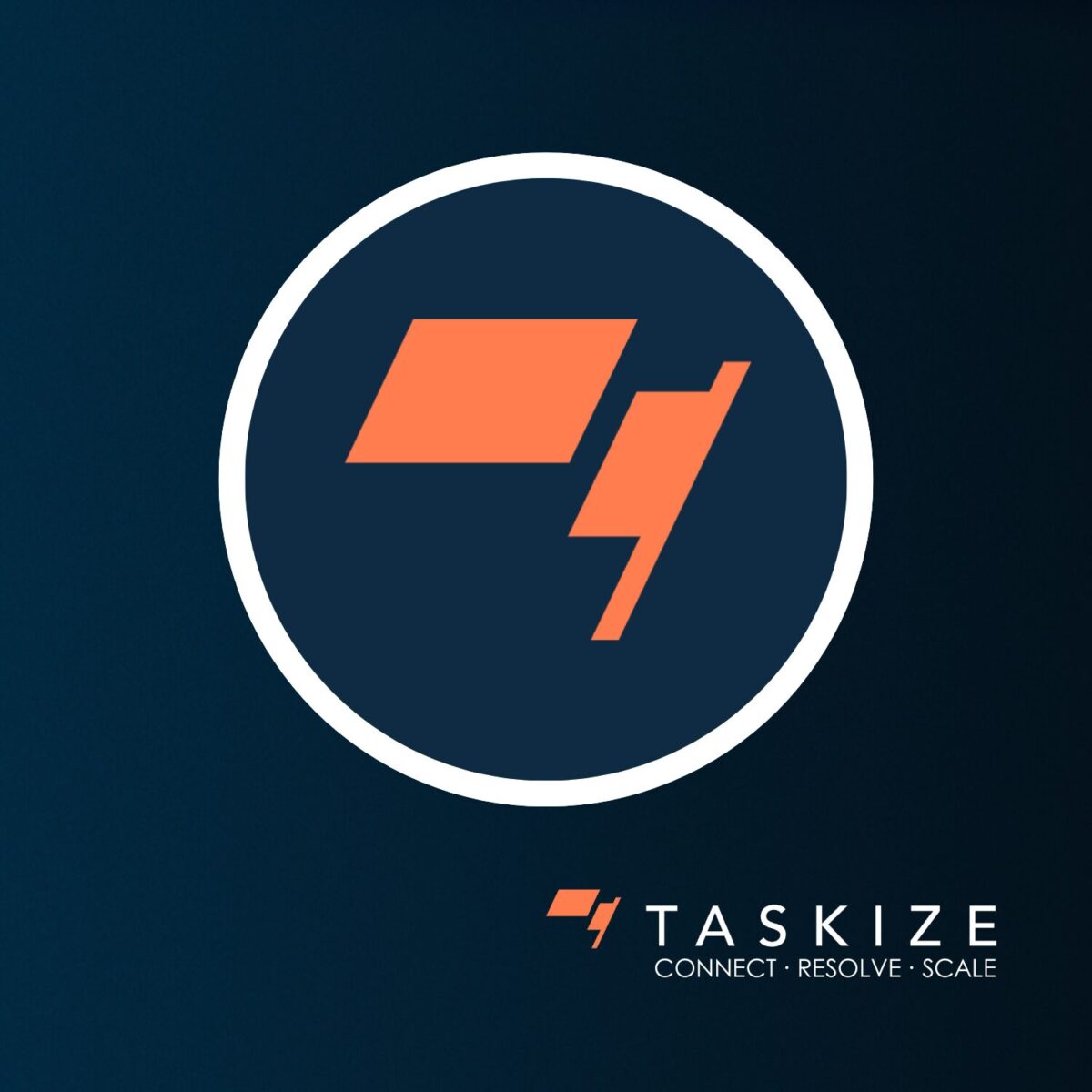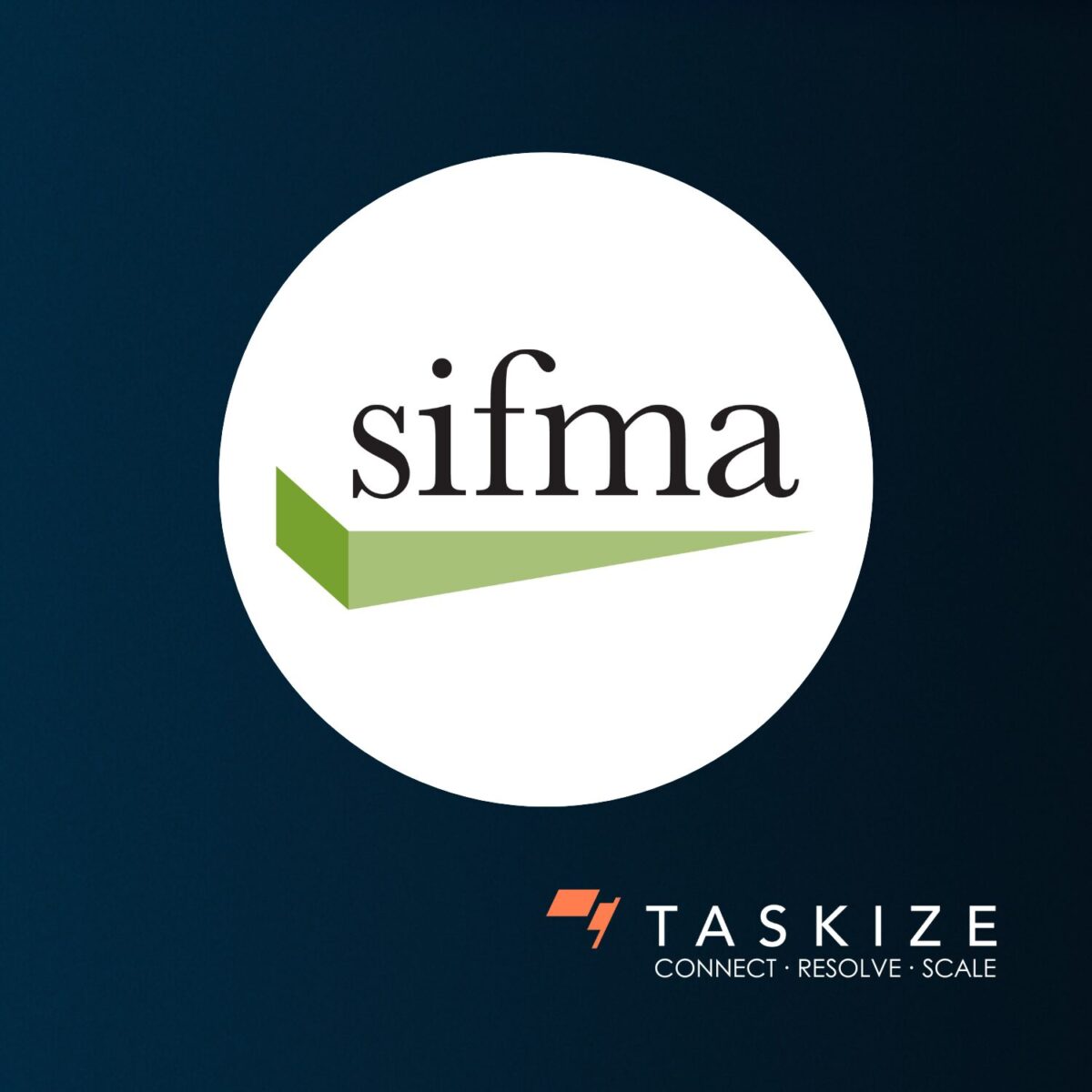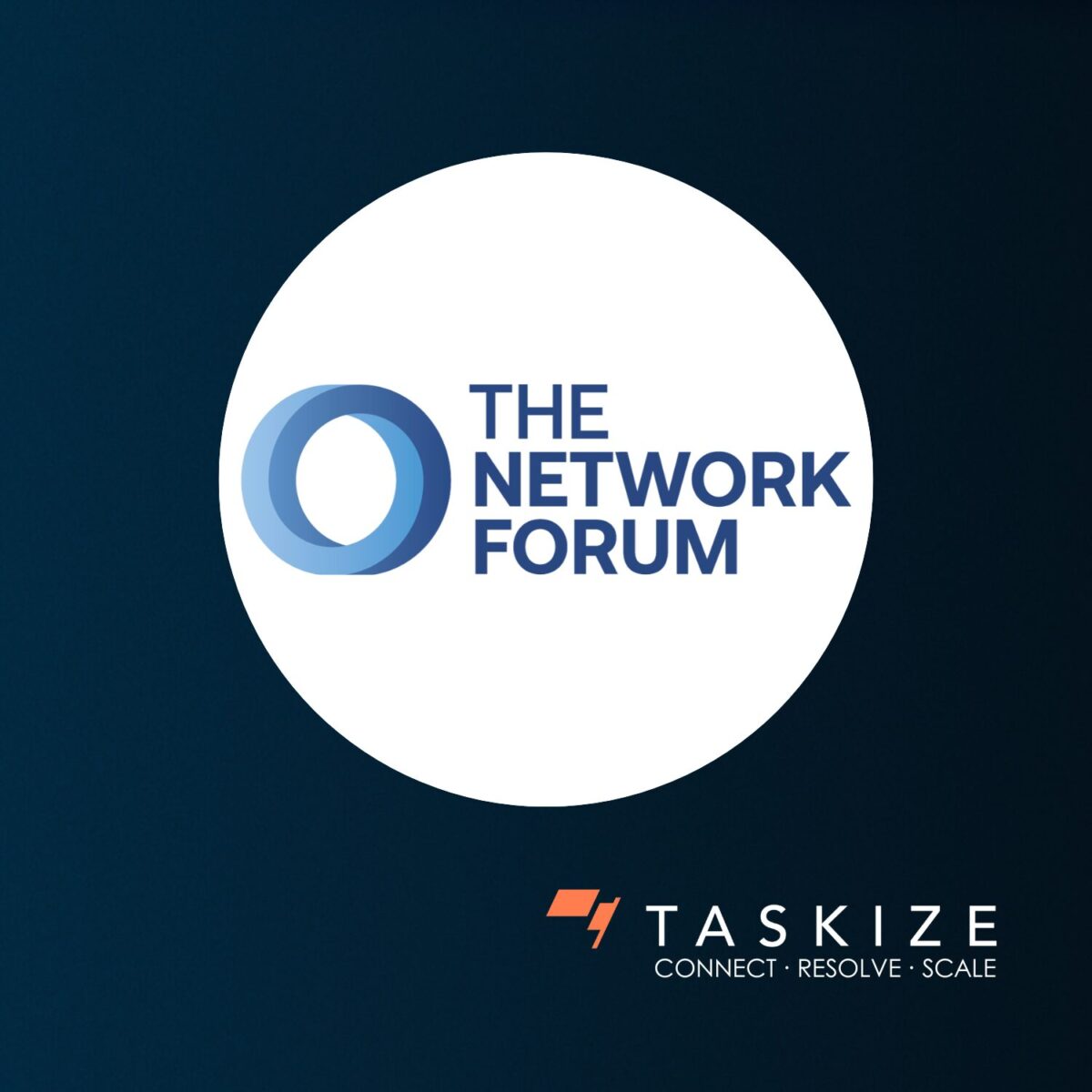Insights
Next year, the market participants will come under further pressure from Central Securities Depositories Regulation (CSDR). Read about the changes below
One after another, processing windows are shrinking, requiring both buy- and sell-side firms to invest in new solutions and workflows which must be flexible enough to handle both further regulatory tightening and the ever-increasing diversity and dynamism of the financial market eco-system. Next year, the over-stretched operations of securities market participants will come under further pressure from Central Securities Depositories Regulation (CSDR), a much delayed but highly impactful reform package.
“CSDR could cost the industry EUR 2.2 billion in gross fines if applied to current settlement practices, so action needs to be taken”
Although the post-crisis environment has cranked up personal responsibility for senior managers (as noted in our previous blog), this has not been the only lever used by regulators to make markets safer. Over the past decade, new rules implicitly or explicitly mandate more automated, standardised workflows. The higher the level of automation, the theory goes, the lower the likelihood of human error or action posing a threat to orderly markets.
The prime example is the migration of liquid OTC derivatives to automated trading platforms and central clearing, having previously been traded and cleared largely on a voice-broked, bilateral basis. Mandated by the G-20 in 2009, this change in market structure led to far-reaching process re-thinks in the front, middle and back offices of market participants globally. But there have been many others, from MiFID II’s standardisation of trading and investment processes to the market risk calculations required by the Basel Committee’s Fundamental Review of the Trading Book to the switch to T+2 securities settlement, via TARGET2-Securities (T2S) in Europe, but also in the US.
Multiple parties need to remain in close contact in the race against the clock as penalties ratchet up
CSDR seeks to improve efficiency and stability, building on T2S to harmonise securities settlement in Europe. It standardises settlement rules and shortens settlement periods, but also aims to minimise trade failures through a framework of fines and remediation, specifically mandatory buy-ins. This makes compliance with CSDR a little more complex than replacing a manual routine with an automated process. However, ECSDA estimates indicated that CSDR could cost the industry EUR 2.2 billion in gross fines if applied to current settlement practices, so action needs to be taken.
Securities trades typically fail when the seller is unable to deliver the number and type of securities promised to the buyer, perhaps due to a miscommunication on inventory internally or along the supply chain. In theory, the buyer cancels the original trade, goes into the market and seeks the next-best alternative, with differences in price or cost negotiated and settled bilaterally with the original seller. In practice, the ‘buy-in premium’ carried by the failed seller can be significant, especially if the market takes advantage of a ‘distressed buyer’.
CSDR effectively shrinks the window, incentivising counterparties to redouble existing efforts to resolve trade fails more quickly, by imposing penalties that ratchet up over a 4 to 7 day extension period.
CSDR reminds us we rely too heavily on outmoded and unstructured forms of communication across our multiple internal and external relationships
But the mandatory buy-in regime also adds complexity. Critically, it gives substantial responsibility for enacting and enforcing a front-office process, i.e. a securities trade between, say, two broker-dealers, to organisations whose workflows, expertise and responsibilities are largely focused on back-office, or post-trade activities, namely their settlement agents, custodian banks, and CSDs. Add to the aforementioned parties the fact that third-party agents are often asked to effect buy-ins, or pass-on mechanisms used (with knock-on implications along the supply chain), it becomes clear that multiple parties need to remain in close contact at various stages of the process, joined in the race against the clock (and market forces) to minimise the overall cost in terms of penalties, fees and prices. Few firms if any believe that their existing ticketing systems for resolving exceptions and breaks can handle the required level of coordination and collaboration across desks, departments, customers and other third parties in the limited time allowed under CSDR.
Spare a thought too for the CSD, which is required to set off the extension period, levy the sliding scale of penalties and monitor the progress and outcome of the buy-in process – all without necessarily having direct contact with all the relevant parties. At present, the only way the CSD will know whether a new trade will replace an existing one, whether it will settle on their platform or elsewhere, or whether cash compensation is required, will be constantly calling, emailing, or texting market participants in hope of call back, like a nagging parent. And that’s even without discussing the thorny issue of identifying which instruments are in scope, a far from simple matter, as CSDR can encompass US Treasuries and Japanese Government Bonds.
The details of CSDR have evolved in response to industry lobbying, exceptions have been granted and proposals made to tackle the root cause in new ways. But there are wider lessons to be drawn. First, CSDR reminds us we rely too heavily on outmoded and unstructured forms of communication across our multiple internal and external relationships. This will only pose greater risk and cost if we do not shift to more flexible and collaborative platforms as markets become more multilateral. Second, regulatory efforts to standardise and harmonise cannot always be complied with through process automation; some routines and tasks will require manual oversight and judgement, at least until best practice evolves and matures. Third, the big squeeze is far from over, making adaptability as important to our operational priorities as traditional concepts of robustness, control and availability.
These are not, of course, insurmountable challenges, and tools are at hand to help. Taskize can help ensure parties can work to rapidly stem penalties, and existing automated processes can be tightened to reduce occurrences. With just over a year until the regulations are applied, now is the time to tighten-up processes and ensure that remaining failures can be effectively dealt with.


